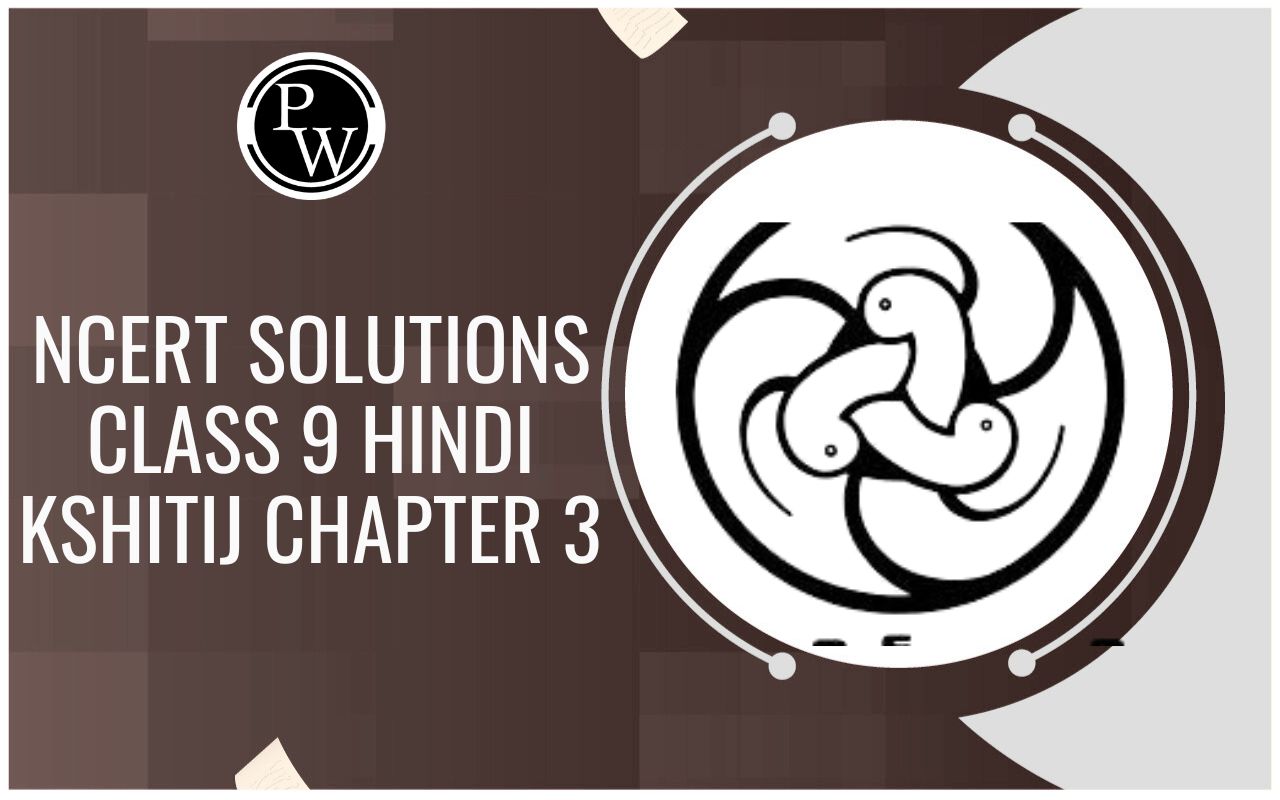
A Balancing Chemical Equation is a concise representation of the components of a chemical reaction, symbolically shown with the reactants on the left and the products on the right. On an everyday basis, we can observe various chemical reactions taking place. These involve rearranging matter to create something new or different. Balancing such equations necessitates adding stoichiometric coefficients to both reactants and products to obey the law of constant proportions and the law of conservation of mass - i.e. so that equal numbers of atoms for every element appear on both sides of the equation. Two main methods are used for this purpose: traditional balancing equations and algebraic balancing.
Follow these four simple steps to balance a chemical equation:- Write the imbalanced equation to show the reactants and products.
- Calculate the number of atoms of each element on each side of the reaction arrow.
- Multiply coefficients (the numbers in front of the formulas) to make the number of atoms of each element the same.
- Last to balance are the hydrogen and oxygen atoms.
- You should indicate the state of matter of the reactants and products in your work.
Chemical Equation
Chemical equations represent chemical reactions by denoting their respective chemical formulas as reactants and products. In chemistry, 2 H 2 + O 2 → 2 H 2 O represents the reaction between hydrogen and oxygen to produce water. Chemical equations have reactant and product sides. The reactant side is to the left of the arrow symbol, and the product side is to the right.Also Check - Value of Gas Constant
Stoichiometric Coefficient
Stoichiometric coefficients describe how many molecules of a chemical species participate in a reaction.- A ratio is provided between the reacting species and their products.
- In the reaction described by the CH4 + 2O2 → CO2 + 2H2O reaction , the stoichiometric coefficient of O 2 and H 2 O is 2. At the same time, that of C H 4 and C O 2 is 1.
- A balanced chemical equation has the number of atoms of an element in a species equal to the product of the stoichiometric coefficient and the number of atoms in one molecule.
- The reacting species ' 2 O 2 ' has four oxygen atoms in total.
- The stoichiometric coefficients are assigned in a manner that balances the total number of atoms of an element on both sides of the reaction.
Also Check - Lead (II) Chloride Formula
The Traditional Balancing Chemical Equation
This method is illustrated using the combustion reaction between propane and oxygen. To balance chemical equations, the first step is to obtain the complete unbalanced equation. Step - 1- Chemical formulae of the reactants and products (if not already provided) must be used to obtain the unbalanced equation.
- As propane burns with oxygen ( O 2 ), it produces carbon dioxide ( C O 2 ) and water ( H 2 O ).
- An unbalanced chemical equation can be written as C 3 H 8 + O 2 → C O 2 + H 2 O
| Chemical Equation: C3H8 + O2 → CO2 + H2O | |
| Reactant Side | Product Side |
| 3 Carbon atoms from C3H8 | 1 Carbon atom from CO2 |
| 8 Hydrogen atoms from C3H8 | 2 Hydrogen atoms from H2O |
| 2 Oxygen atoms from O2 | 3 Oxygen atoms, 2 from CO2 and 1 from H2O |
- Stoichiometric coefficients are now added to molecules containing an element with a different number of atoms on the reactant and product sides.
- There must be a balance between the number of atoms on each side of the coefficient.
- The stoichiometric coefficients are usually assigned to hydrogen and oxygen atoms last.
- The number of atoms must now be updated on the reactant and product sides.
- To calculate the number of atoms in a species, multiply the stoichiometric coefficient by the total number of atoms in 1 molecule of that species.
- When the coefficient 3 is assigned to CO2, the total number of oxygen atoms in CO2 becomes 6. In this example, the coefficient is first assigned to carbon.
| Chemical Equation: C3H8 + O2 → 3CO2 + H2O | |
| Reactant Side | Product Side |
| 3 Carbon atoms from C3H8 | 3 Carbon atoms from CO2 |
| 8 Hydrogen atoms from C3H8 | 2 Hydrogen atoms from H2O |
| 2 Oxygen atoms from O2 | 7 Oxygen atoms, 6 from CO2 and 1 from H2O |
| Chemical Equation: C3H8 + O2 → 3CO2 + H2O | |
| Reactant Side | Product Side |
| 3 Carbon atoms from C3H8 | 3 Carbon atoms from CO2 |
| 8 Hydrogen atoms from C3H8 | 8 Hydrogen atoms from H2O |
| 2 Oxygen atoms from O2 | 10 Oxygen atoms, 6 from CO2 and 4 from H2O |
| Chemical Equation: C3H8 + O2 → 3CO2 + H2O | |
| Reactant Side | Product Side |
| 3 Carbon atoms from C3H8 | 3 Carbon atoms from CO2 |
| 8 Hydrogen atoms from C3H8 | 8 Hydrogen atoms from H2O |
| 10 Oxygen atoms from O2 | 10 Oxygen atoms, 6 from CO2 and 4 from H2O |
Also Check - Iron (III) Hydroxide Formula
The Algebraic Balancing Method
Using this method, each species in an unbalanced chemical equation receives a stoichiometric coefficient determined by algebraic variables. These variables are used in mathematical equations and solved to obtain each stoichiometric coefficient's values. An example of how this method works is the reaction between glucose and oxygen that produces carbon dioxide and water. Step 1- The chemical formulas of the reactants and products must be written down to obtain the unbalanced chemical equation.
- The reactants in this example are glucose (C6H12O6) and oxygen (O2), and the products are carbon dioxide (CO2) and water (H2O).
- Unbalanced chemical equation: C6H12O6 + O2 → CO2 + H2O
- 'A' molecules of C6H12O6 contain '6a' carbon atoms on the reactant side.
- 'C' molecules of CO2 contain 'c' carbon atoms on the product side.
- C6H12O6 and CO2 are the only species containing carbon in this equation.
- C6H12O6 and H2 are the species containing hydrogen in this equation,
- C6H12O6 molecules contain 12a hydrogen atoms, whereas H2O molecules contain 2d hydrogen atoms.
- As a result, 12a = 2d becomes the equation for hydrogen.
- By dividing both sides by 2, the equation becomes: 6a = d
Balancing Chemical Equation Formula FAQs
Why is it important to balance chemical equations?
What is the first step in balancing a chemical equation?
Are there any rules for balancing chemical equations?
Can fractions or decimals be used as coefficients when balancing chemical equations?
Is it possible for some chemical reactions to have no balanced equation?










